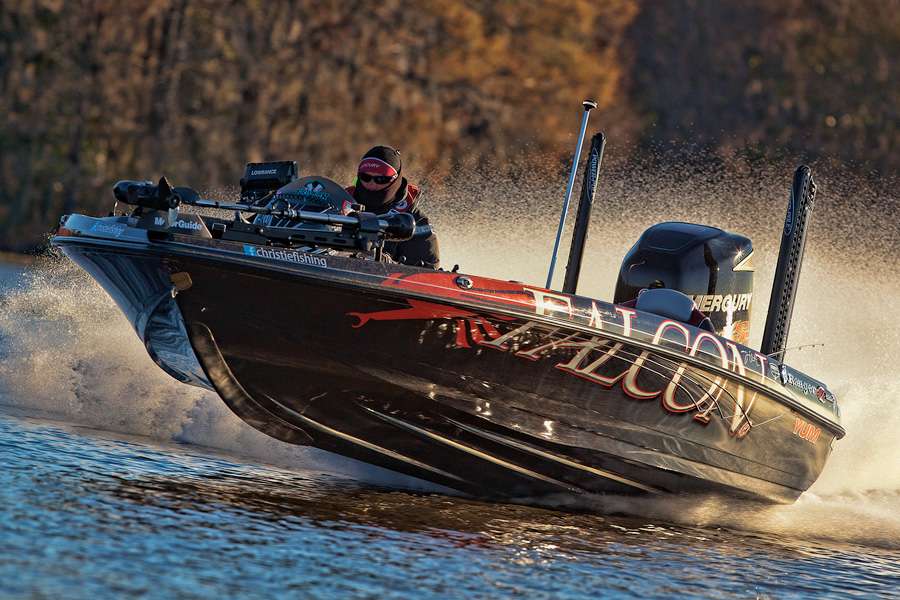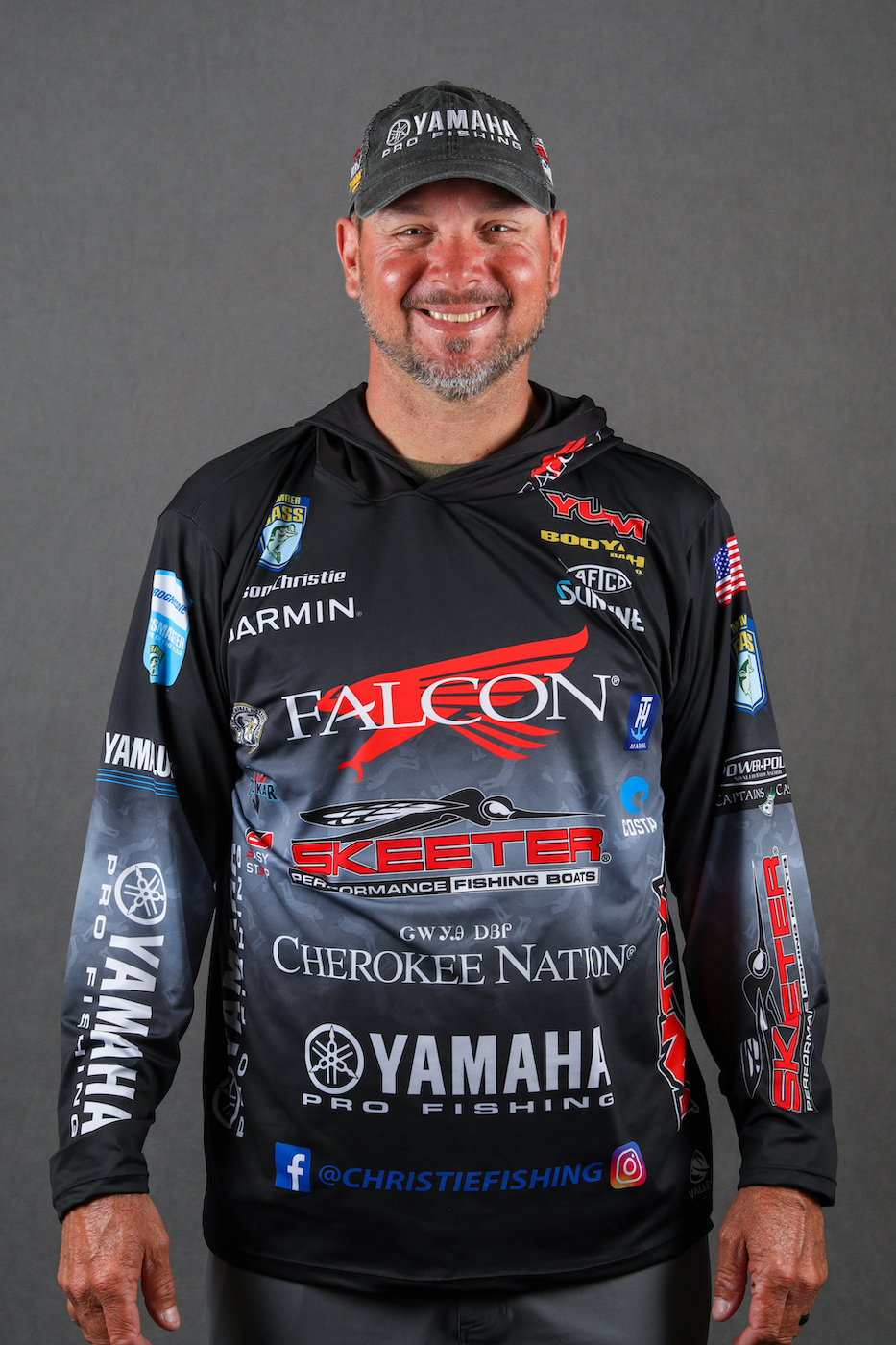
As we head into a new tournament season, I’ll be putting a lot of thought into what baits I need to take to each event. I have a pretty good collection of worms, jigs, crankbaits, etc., but there’s another collection that’s also important to my success — my waypoints.
I’ve kept them ever since we’ve had the ability to do so, but I keep mine for several reasons in addition to marking spots where I’ve caught fish. Of course, it’s always helpful to know what spots have produced in the past, but I don’t depend on that for future success.
Put it this way: Almost zero percent of the time can I go back to a waypoint where I caught them and catch them again. It just doesn’t work that way.
For one thing, when the Bassmaster Elite Series returns to a lake we’ve fished before, it’s not always at the same time of year. On top of that, conditions change – water quality changes, the stage of the bait changes. There are a lot of reasons why a spot may not produce every time you come back to a lake.
So, why do I keep the thousands of waypoints that I’ve recorded over the years? Well, for one thing, I like to mark trails — paths that allow me to get into and out of shallow areas. By marking obstacles in the water, I know I can run safely.
I’ll also mark no wake zones — particularly the ones that aren’t as clearly marked. It’s a rules violation for us Elites to blow a no wake zone, regardless of how well it’s marked. That’s why I make sure I know if I’m approaching one.
I’ll make it with a skull and crossbones icon because that gets my attention. Likewise, I’ll mark where we take off and where we weigh in.
When I save a waypoint purely for fishing reasons, my electronics will record a lot more information than the GPS coordinates; the date and time that’s captured with each waypoint gives me a clear comparison each time I return to that spot.
Say I catch fish on a spot one year, drop a waypoint on it and then return the following year. We may be a month later returning to the lake, and I know that this spot is better in the prespawn.
I’m not saying you can’t return to a waypoint and catch fish the same way you caught them on your previous visit. I’m just saying it doesn’t happen that much for me, and I’ve learned to use my waypoints differently.
Most of the time, it’s really more about getting back into a productive area. I consider it kind of an elimination process, or maybe a system of reference that can help me avoid wasting a lot of time in practice.
If I’m on a lake I’ve fished before, I don’t want to be out there asking myself, “Was this the creek arm I was fishing in?”
Some people may think “How can it be that hard to remember those spots?” Well, when you go to as many lakes as we go to, it all gets confusing. I have a hard time remembering where I fished a month ago, much less three years ago.
The whole point is reconnecting with the body of water that I’m on.
Doing this requires a system of organization that allows you to keep the waypoints you need in easy reach without cluttering up your electronics. I categorize all my data by lake and keep it on an SD memory card with a complete backup.
When I go back to a certain lake, I can pull the waypoints from previous visits. This gives me a starting point and some key information for making good decisions with my time and remembering where I can and cannot run.
Something that has helped me over the years is my color code. A green waypoint marker indicates a spot with good potential, yellow means caution, or a spot I might want to fish and red marks a spot of highest priority — a place I will definitely stop and fish.
Different systems may work better for other people, but no matter how you mark your waypoints, I suggest keeping it simple.
I’ve seen people with a main lake point, and they’ll have 25 waypoints on that one area. They may have a waypoint for all four corners of a rock that’s the size of a table.
That can get confusing to look down and see all those waypoints. That leads me to an important mindset that fishermen need to have, whether they’re a tournament competitor or a weekend angler: efficiency.
You have to be efficient at casting and efficient at working your baits, but you also have to be efficient with your time. It’s all about organization and waypoint management is another way of doing that.

